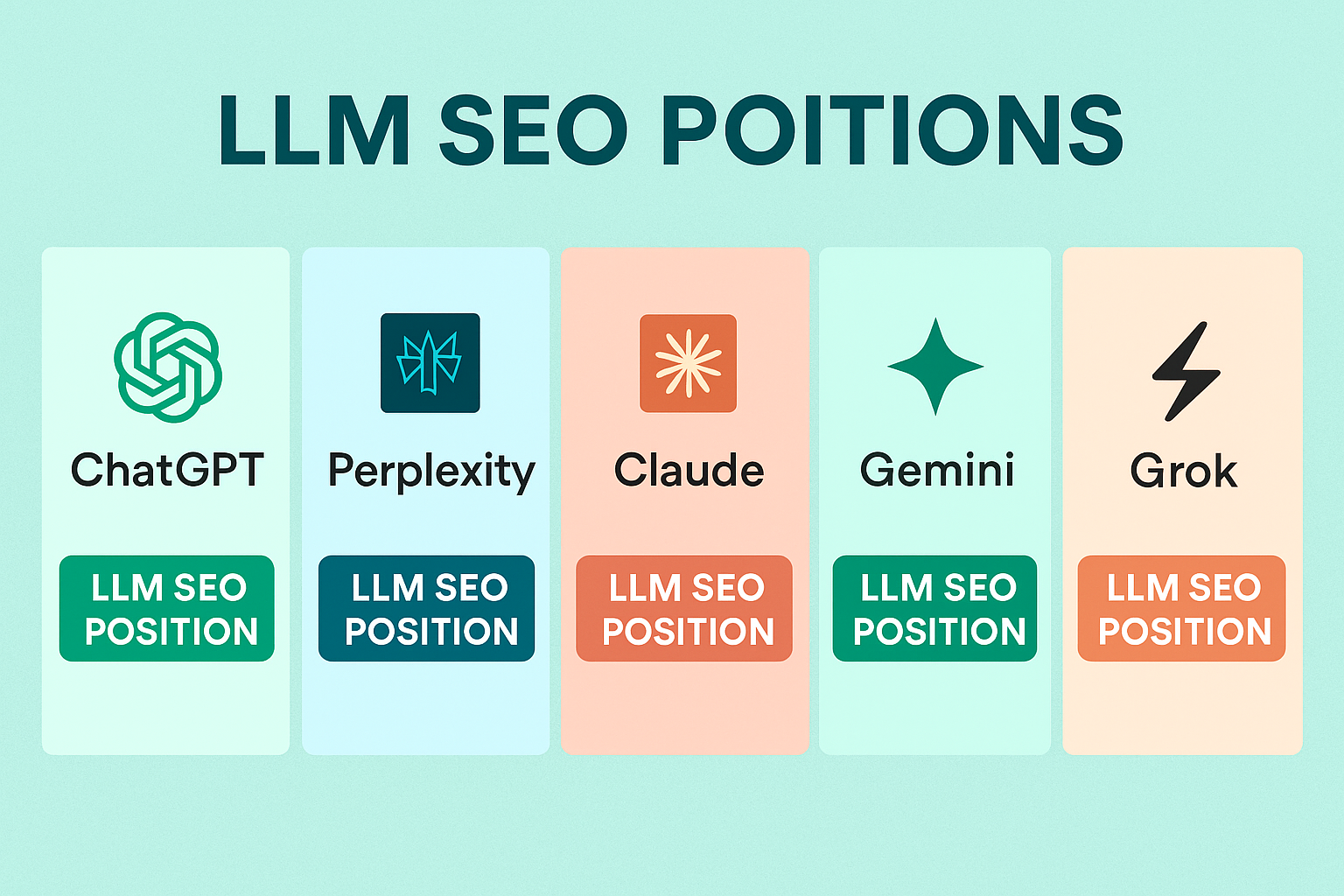What Are Google Ads?
Google Ads is Google’s online advertising platform, allowing businesses to show their ads to users searching for related products or services. These ads appear on Google’s search engine results page (SERP), YouTube, and other Google-affiliated websites. Google Ads uses a pay-per-click (PPC) model, which means you only pay when someone clicks on your ad. This makes it flexible and scalable for various budgets.
How Do Google Ads Help Businesses?
Google Ads is designed to help businesses reach the right audience at the right time. Here are some core benefits:
- Targeted Reach: Ads appear based on specific keywords or demographics you choose, meaning you reach users who are actively searching for what you offer.
- Flexible Budgeting: With PPC, you control how much you want to spend. You can set a daily budget or a maximum bid per click.
- Measurable Results: Google Ads provides in-depth analytics, so you can track how many clicks, impressions, and conversions your ad receives.
What Types of Google Ads Are There?
There are several types of Google Ads, each with its unique strengths:
- Search Ads: These are text ads that appear on Google search results pages when users search for specific keywords. Search ads are ideal for capturing users with high purchase intent.
- Display Ads: These ads are visual banners that appear on websites within the Google Display Network. Display ads are useful for increasing brand visibility.
- Video Ads: Usually shown on YouTube, video ads are excellent for engaging users with visually creative content.
- Shopping Ads: These show product images, prices, and store names directly in Google’s search results, ideal for e-commerce.
- App Promotion Ads: These ads are designed to increase app downloads and engagement by promoting directly within the Google ecosystem.
How Does Bidding Work in Google Ads?
Bidding in Google Ads determines your ad’s position on the results page. It’s a little different from traditional auctions. Instead of the highest bidder automatically winning, Google also factors in something called Quality Score, which evaluates the relevance and quality of your ad. Your ad position is then determined by multiplying your bid with your Quality Score.
Example: If two companies bid on the same keyword, but one ad has a higher Quality Score, that ad may rank higher despite a lower bid.
What’s a Keyword, and How Do You Choose the Right Ones?
Keywords are words or phrases that trigger your ads. The goal is to find keywords that your target audience is searching for. You can research keywords using tools like Google Keyword Planner, which shows you search volumes, competition levels, and suggested bid prices for each keyword.
Types of Keywords
- Broad Match: Your ad may show for searches that include synonyms or related terms.
- Phrase Match: Ads appear for searches that include the exact phrase or close variations.
- Exact Match: Ads show only for searches that exactly match the keyword.
- Negative Keywords: These exclude certain words from triggering your ad.
Tip: Start with a mix of match types to test what works best, then optimize based on performance data.
What is a Quality Score, and Why Is It Important?
Quality Score measures the relevance and quality of your ads, keywords, and landing pages. It’s a rating from 1 to 10, with 10 being the best score. A higher Quality Score can reduce your cost-per-click (CPC) and improve your ad position.
Quality Score Factors:
- Click-Through Rate (CTR): The ratio of clicks to impressions. A higher CTR indicates that users find your ad relevant.
- Ad Relevance: How well your ad matches the keyword intent.
- Landing Page Experience: Ensuring the landing page is relevant, loads quickly, and offers a good user experience.
How Can You Set Up a Google Ads Campaign?
- Define Your Goal: Decide what you want to achieve—traffic, sales, brand awareness, etc.
- Select Your Campaign Type: Choose between Search, Display, Video, or Shopping.
- Choose Your Keywords: Use the Keyword Planner to find and select keywords.
- Set Your Budget: Determine your daily or monthly budget.
- Create Ad Copy: Write an engaging ad with a clear call to action.
- Optimize Your Landing Page: Ensure it’s relevant and offers a seamless experience.
How Can You Measure Google Ads’ Success?
Google Ads provides detailed metrics for tracking your campaign’s performance. Here are some key ones:
- CTR (Click-Through Rate): A high CTR usually means your ad is relevant and engaging.
- CPC (Cost Per Click): The amount you’re paying for each click. Lower CPCs are generally better.
- Conversions: The number of users who took the desired action (e.g., made a purchase).
- Conversion Rate: The percentage of users who clicked the ad and then completed a conversion.
Are Google Ads Worth the Investment?
Whether Google Ads are worth it depends on your goals, budget, and audience. Here are some scenarios where Google Ads can provide excellent ROI:
- Targeted Lead Generation: If your business benefits from leads generated by online searches (e.g., home services, healthcare, B2B services), Google Ads can directly connect you with potential customers.
- Immediate Visibility for New Businesses: Google Ads is especially useful for new businesses needing instant visibility and wanting to drive early traffic.
- E-commerce Stores: Shopping Ads provide an ideal way to showcase products, giving shoppers essential info upfront.
- Niche Markets: If your business is in a niche with limited competition, Google Ads can be a highly cost-effective way to capture market share.
Potential Downsides to Consider
While Google Ads can be highly effective, there are some downsides:
- Costs Can Add Up Quickly: If your bid price is high, a poorly managed campaign can lead to high costs with minimal ROI.
- Learning Curve: Google Ads has a steep learning curve, so it may require professional help for maximum effectiveness.
- Continuous Optimization: Google Ads requires ongoing monitoring and adjustments to stay effective.
How Can You Maximize Your Google Ads ROI?
Here are some tips to make your ad spend more effective:
- Use Negative Keywords: This helps eliminate unwanted clicks and ensures your ad is shown only to relevant audiences.
- Optimize Ad Copy: Experiment with different headlines, calls to action, and descriptions to see what resonates most with your audience.
- A/B Test Landing Pages: Test different landing page layouts, images, and text to improve conversions.
- Track Conversions Closely: Use Google Analytics and Google Ads’ conversion tracking to see which ads drive sales or sign-ups.
- Revisit and Adjust Bids: Monitor bids and adjust based on what’s working best.
Conclusion
Google Ads can be a powerful tool for reaching potential customers, especially for businesses seeking targeted visibility. However, it requires a thoughtful approach and ongoing management to maximize its effectiveness. By setting clear goals, researching keywords, and optimizing both your ads and landing pages, you can leverage Google Ads to build awareness, drive traffic, and grow your business.





